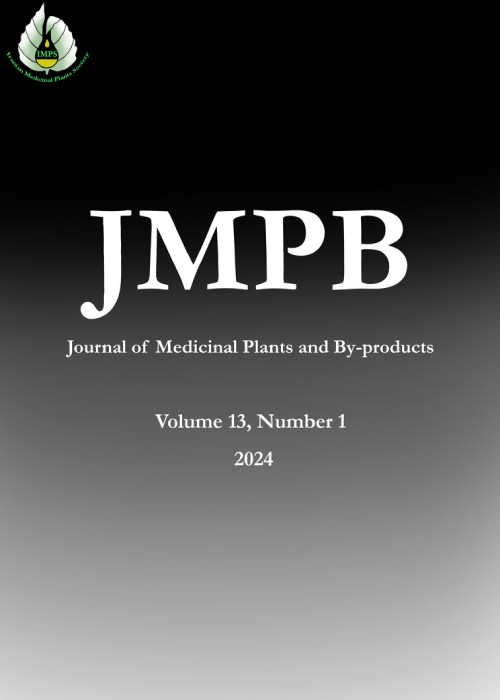Optimization of Essential Oil Extraction Conditions for Rosmarinus officinalis L. on a Laboratory and Semi-industrial Scale
Rosmarinus officinalis L. is of the most important species of medicine, which is used in various food, pharmaceutical and sanitary industries and for this reason, it is considered as one of the most important export figures in the world. In order to study the effect of extraction of essential oil by distillation with water, in a laboratory scale and semi-industrial scale, an experimental design was carried out at the headquarters of the Research Institute of Forest and Rangelands for two years (2018 and 2019). The samples were collected from Alborz research station located in Karaj city. Then the plant samples were dried in shade and essential oils were extracted by water distillation method in laboratory and semi-industrial scale. The compounds of essential oils were measured by GC and GC/MS. In this study, according to experimental and pilot studies on rosemary species, different results were obtained. At this time, the necessity of testing in the laboratory was evident in order to determine the method and the appropriate amount of powder of the plant. In this regard, the rosemary leaves were prepared in three
full leaf, semi-powder and complete powder. Then samples were extracted by water distillation method (Clevenger apparatus) for 4 hours. The essential oil yield was obtained from full leaf (0.44%), semi-powdered leaf (0.46%) and pure powder (0.70%).Therefore, the most important time for the extraction of essential oils from plant specimens was determined in pilot and laboratory methods for 4 hours of essential oil extraction and the sample of the semi-powdered plant was determined by mesh of 10. Finally, the results of the important combinations identified. The major combinations identified with plant leaf powder on a laboratory scale are: Camphene (27.49%), Octanol acetate (10.39%), Benzyl formate (9.64%), Dihydro- linalool acetate (8.64%), Verbenene (8.30%), Neo-iso-dihydrocarveol (7.46%) and major components in the pilot were :Camphene (31.53%), Verbenene (10.90%), Benzyl formate (8.18%), Octanol acetate (8.14%), and α-phellandrene (7.18%). Considering the importance of the experimental method for extraction of essential oil and the application of the laboratory method to the semi-industrial, it is suggested that in the pilot plant the specimen with the mesh 10 should be used.In this experiment, the essential oil content of the sample extracted in the pilot sample was 0.46%, which is equal to 0.46% in the laboratory sample. It shows the economic value of this method for the application of other species.
- حق عضویت دریافتی صرف حمایت از نشریات عضو و نگهداری، تکمیل و توسعه مگیران میشود.
- پرداخت حق اشتراک و دانلود مقالات اجازه بازنشر آن در سایر رسانههای چاپی و دیجیتال را به کاربر نمیدهد.



